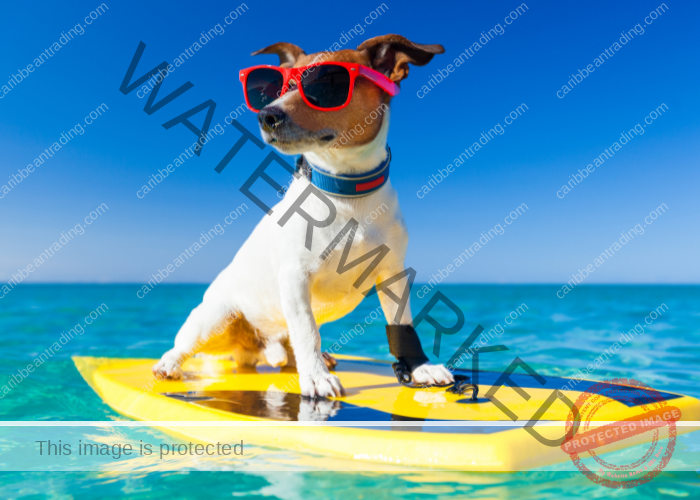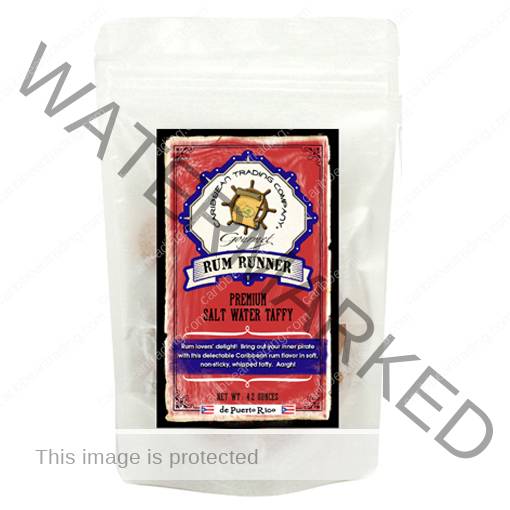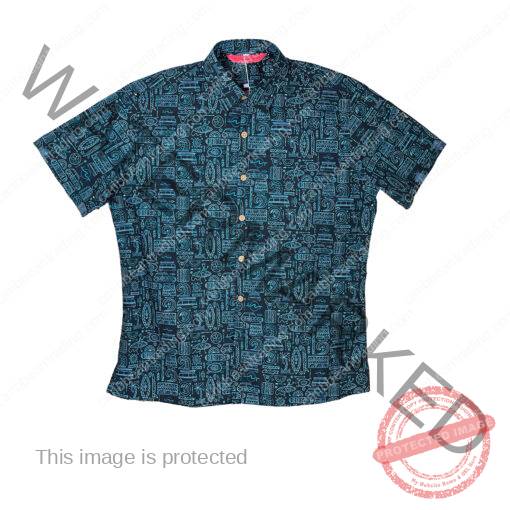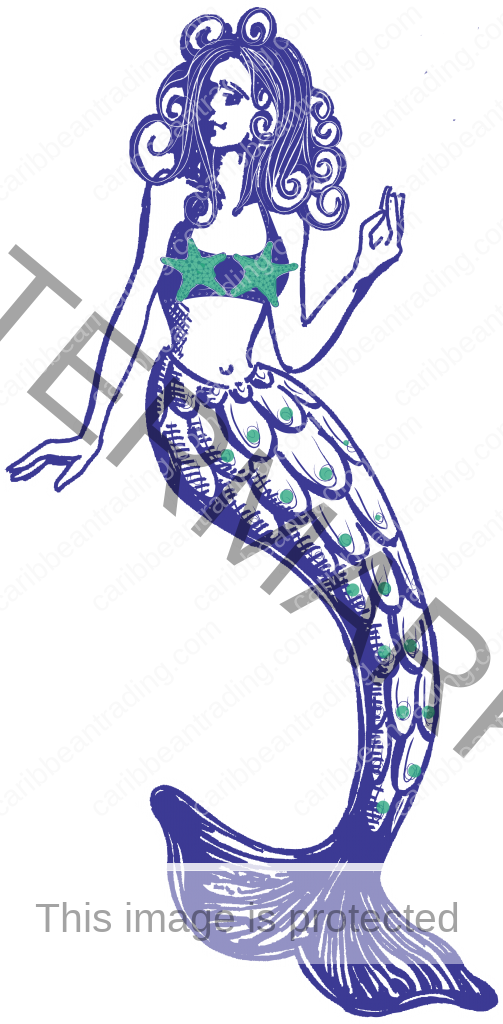Caribbean Travel Tips
Best Tips If You’re Moving to the Caribbean With a Dog
Traveling with your dog isn’t just about hopping on a plane and snapping cute beach photos. It can turn into one of those trips you never forget, you know? The Caribbean—with its ridiculously soft sand, clear blue water, and just that whole laid-back vibe—sounds like paradise for you and your furry buddy.
But, here’s the thing: going abroad with a dog takes more prep than tossing a swimsuit in a bag. You’ve got to think ahead, double-check rules, and make sure your pet’s as comfortable as you are. Otherwise, the dream vacation? It can get stressful real quick. So, a few tips that’ll save you both some headaches.
Research and Advance Planning
Not every island is going to roll out the welcome mat for Caribbean dogs. Moving to the caribbean with a dog can be difficult sometimes. Some are chill about it, others have a list of requirements longer than a grocery receipt. Honestly, it’s one of those “better safe than sorry” situations. Look it up before you go—each country sets its own rules.
Entry Requirements
Most places want to see proof your dog’s healthy. That means health certificates, vaccination papers (rabies is a big one), and sometimes even a quarantine period. Sounds like a drag, but it’s the reality. Best move? Call the embassy or consulate ahead of time instead of trusting random internet threads.
Pet-Friendly Accommodations
Don’t assume every “cute little villa” on Airbnb is cool with pets. Plenty of hotels and rentals don’t allow them at all, or they’ll hit you with weight limits or breed restrictions. Sites like BringFido are super handy here. Double-check the fine print so you’re not scrambling at check-in.
Local Veterinary Services
This one’s easy to forget until, well, you really need it. Jot down the nearest vet or 24-hour clinic before you land. If your dog gets sick, you’ll thank yourself.
Travel Logistics
Flying with a dog isn’t like booking an extra seat for a friend. Airlines all have different policies. Tiny dogs? They might get to hang out in the cabin with you. Bigger ones? Cargo hold (and yeah, that can be nerve-wracking). Go for direct flights if you can—less hassle, less stress. And arrive early at the airport; pet check-in takes extra time.
Cruises? Some lines are starting to allow pets, but don’t assume yours does. Read the fine print. As for once you’re there, look for pet-friendly taxis or rental cars. Trust me, dragging a crate into a random shuttle isn’t fun.
Ensure a Well-Balanced Diet
Alright, this one’s huge. Keep your dog’s diet steady—don’t suddenly switch things up just because you’re on vacation. Good mix of proteins, carbs, fats, the works. And yeah, variety helps avoid deficiencies, but talk to your vet first. They’ll know what balance works best for your dog’s size, age, and energy level.
Supplements? Maybe. Some pups benefit from joint support or omega-3s for shiny coats. But again—ask your vet before tossing anything extra into their bowl. Watch portions too. Dogs pack on pounds fast if they’re eating like kings but not burning it off. Start with the package recommendations and adjust if your pup’s looking a little too round.
Oh, and breed matters. A Chihuahua doesn’t eat like a Labrador (obviously), and some breeds are just more sensitive to certain foods. Another reason to check with your vet before the trip.
Include Supplements
When you finally land in paradise, your dog’s probably as disoriented as you are after a long flight. Stick to routines—same feeding times, regular walks. It calms them down. Caribbean heat? Brutal sometimes. Keep water on hand, avoid midday walks, and watch out for hot pavement (burnt paws are no joke).
Leash up when exploring. There are perfect dog joint supplements to ensure their mobility. Beaches and public spaces might feel carefree, but it’s safer and also keeps you within local leash laws. Speaking of beaches—yes, dogs love them, but don’t zone out. Currents, jellyfish, even too much saltwater can be trouble. Rinse them off afterward too; sand gets everywhere.
Make Your Experience Fun!
Vacation with a dog shouldn’t just be rules and routines. Look for dog-friendly beaches, outdoor cafés, or nature trails. Lots of islands actually have spots that welcome pets. But be respectful—clean up after your dog, follow leash laws, don’t let them wander where they’re not supposed to. Locals appreciate it, and it keeps the vibe positive. And always, always watch for signs of trouble. Overheating, dehydration, weird plants they shouldn’t chew on—stay alert. With proper planning and consideration, both you and your dog can enjoy the Caribbean to its fullest!
Conclusion
End of the day, bringing your dogs in the Caribbean can be incredible. You’ll have those moments—sunset walks, sandy paws, goofy beach photos—that stick with you forever. Just do the prep work. Keep their comfort in mind, plan for the boring but necessary stuff (like paperwork), and the rest? It’s smooth sailing. Honestly, it’s hard to beat an island trip with your best four-legged friend trotting along beside you.







